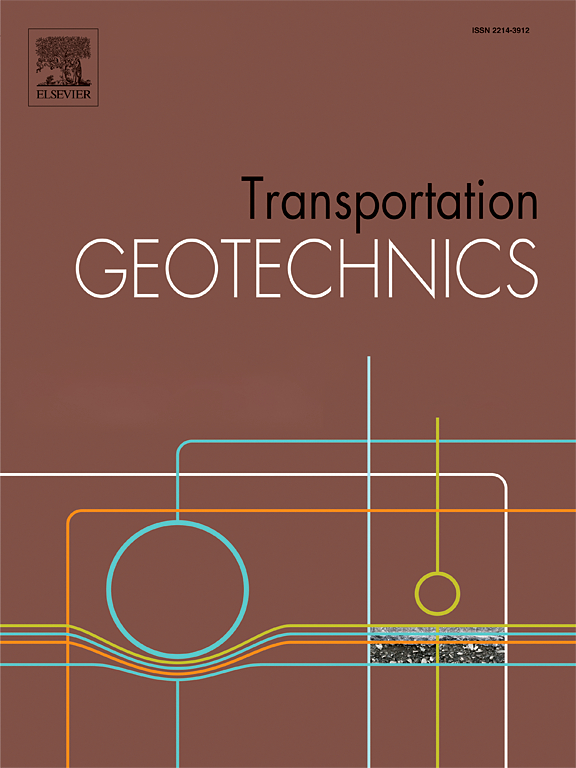Considerations on the ability of Supervised Neural Networks to estimate the 3D shape of particles from 2D projections
IF 4.9
2区 工程技术
Q1 ENGINEERING, CIVIL
引用次数: 0
Abstract
Equipment to observe and classify granular media is widely used to capture granular systems morphologies. Although some equipment models are very efficient in analyzing samples with numerous grains, these tools present a limitation related to the inability to obtain directly the particle’s 3D shape. To overcome this drawback, different techniques have been applied to estimate the three-dimensional shape of grains from the analysis of their 2D projections. Despite the progress made, because it is an ill-posed problem, the developed methods have not yet provided a definitive solution. In this work, we investigated the ability of Supervised Neural Networks (SNN) to estimate the three-dimensional shape of some particles of Angular sand and Ottawa sand using data from single projections. We performed simulations employing the Discrete Element Method (DEM) and comparisons of shape descriptors to sets of reconstructed 3D particle shapes. The SNNs can adequately correlate and generate new particles from the analysis of 2D sand projections, showing potential applicability in the geometry reconstruction of granular materials.

有监督神经网络从二维投影中估计粒子三维形状能力的思考
观察和分类颗粒介质的设备被广泛用于捕捉颗粒系统的形态。尽管一些设备模型在分析含有大量颗粒的样品时非常有效,但这些工具存在无法直接获得颗粒3D形状的限制。为了克服这个缺点,不同的技术被应用于通过分析颗粒的二维投影来估计颗粒的三维形状。尽管取得了进展,但由于这是一个不适定的问题,所开发的方法尚未提供明确的解决办法。在这项工作中,我们研究了监督神经网络(SNN)利用单次投影数据估计角砂和渥太华砂某些颗粒三维形状的能力。我们采用离散元法(DEM)进行了模拟,并将形状描述符与重建的3D粒子形状集进行了比较。snn可以从二维砂粒投影分析中充分关联并产生新的颗粒,在颗粒材料的几何重建中显示出潜在的适用性。
本文章由计算机程序翻译,如有差异,请以英文原文为准。
求助全文
约1分钟内获得全文
求助全文
来源期刊

Transportation Geotechnics
Social Sciences-Transportation
CiteScore
8.10
自引率
11.30%
发文量
194
审稿时长
51 days
期刊介绍:
Transportation Geotechnics is a journal dedicated to publishing high-quality, theoretical, and applied papers that cover all facets of geotechnics for transportation infrastructure such as roads, highways, railways, underground railways, airfields, and waterways. The journal places a special emphasis on case studies that present original work relevant to the sustainable construction of transportation infrastructure. The scope of topics it addresses includes the geotechnical properties of geomaterials for sustainable and rational design and construction, the behavior of compacted and stabilized geomaterials, the use of geosynthetics and reinforcement in constructed layers and interlayers, ground improvement and slope stability for transportation infrastructures, compaction technology and management, maintenance technology, the impact of climate, embankments for highways and high-speed trains, transition zones, dredging, underwater geotechnics for infrastructure purposes, and the modeling of multi-layered structures and supporting ground under dynamic and repeated loads.
 求助内容:
求助内容: 应助结果提醒方式:
应助结果提醒方式:


